When hearing "Artificial Intelligence," most people think about modern technologies, future innovation, and machines enslaving humans. Artificial Intelligence (AI) is far older than the Internet. In 1954, two computer science gurus, John McCarthy and Marvin Minsky, developed the first AI models.
Only recently, various prospective AI adoptions have been discovered and implemented. From that time, technology presented itself as useful in different realms. Conversational Artificial Intelligence or conversational AI is one of them. The report by Insider Intelligence indicates that about 123 million people in the United States use some form of Conversational AI technology at least once a month.
- What is conversational AI?
- How does it operate?
- Where can conversational AI solutions be adopted?
- How is conversational AI different from chatbots?
These are the questions driving the investigation. Further, we would build the case around conversational AI and show how the technology can assist on various fronts.
What is conversational AI?
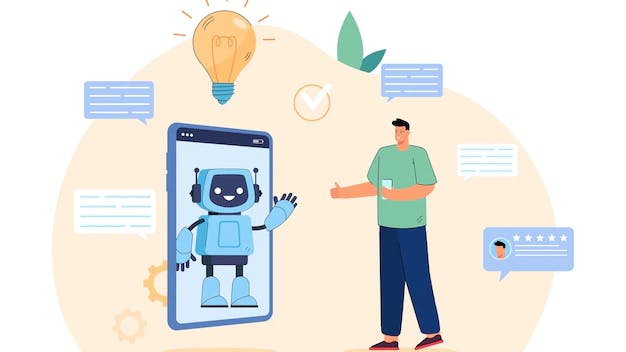
Conversational AI technology is on the rise. How do we know that? The report by Allied Market Research shows the global conversational AI market size was about $5.7 billion in 2020. More importantly, this market is projected to reach a staggering $32.6 billion by 2030. As a result, the conversational AI market is booming, and conversational AI tools are proven to drive revenue.
Conversational AI is the technology using AI algorithms to enable machines to understand natural language and respond to human input in a manner that makes sense to users. Conversational AI can help businesses scale and use software that offers human-like interactions with clients and customers.
To understand conversational AI, one needs to have a basic comprehension of AI in the first place. This is a set of technologies and algorithms allowing software to mimic human reasoning. The key objective of AI is to convince users they are interacting with another human rather than a machine. Moreover, AI can learn from previous interactions and adapt to new conditions.
General conversational AI iterations include:
- Answer Frequently Asked Questions via a FAQ bot is one of the simplest conversational AI examples. This tool can handle basic typed commands and textual responses.
- Virtual Personal Assistants (VPA) is the next step in conversational AI evolution. These are Amazon Alexa and Apple's Siri. They can handle a linear conversation via natural language processing.
- Further, one has a Virtual Customer Assistant (VCA). This instrument includes basic aspects of dialogue management, acts like a human representative, and can be used for customer service automation. Gartner offers a list of notable examples of the tool.
- Finally, there are Virtual Employee Assistants (VEA). These conversational interfaces are used to automate processes and are also known as Robotic Process Automation (RPA). They help streamline organizational aspects and can be used to boost employee as well as customer experience.
Conversational AI is a complicated tool. It includes various interactions, and businesses can find many conversational AI applications. To know how to adopt conversational AI tools correctly, you must understand how the instruments operate.
How does conversational AI work?
The secret behind Conversational AI functionality lies in the foundational technologies and a distinct process. Respectively, covering both takes you one step closer to beneficial conversational AI applications. Let's start with the technologies.
1. Natural language processing (NLP)
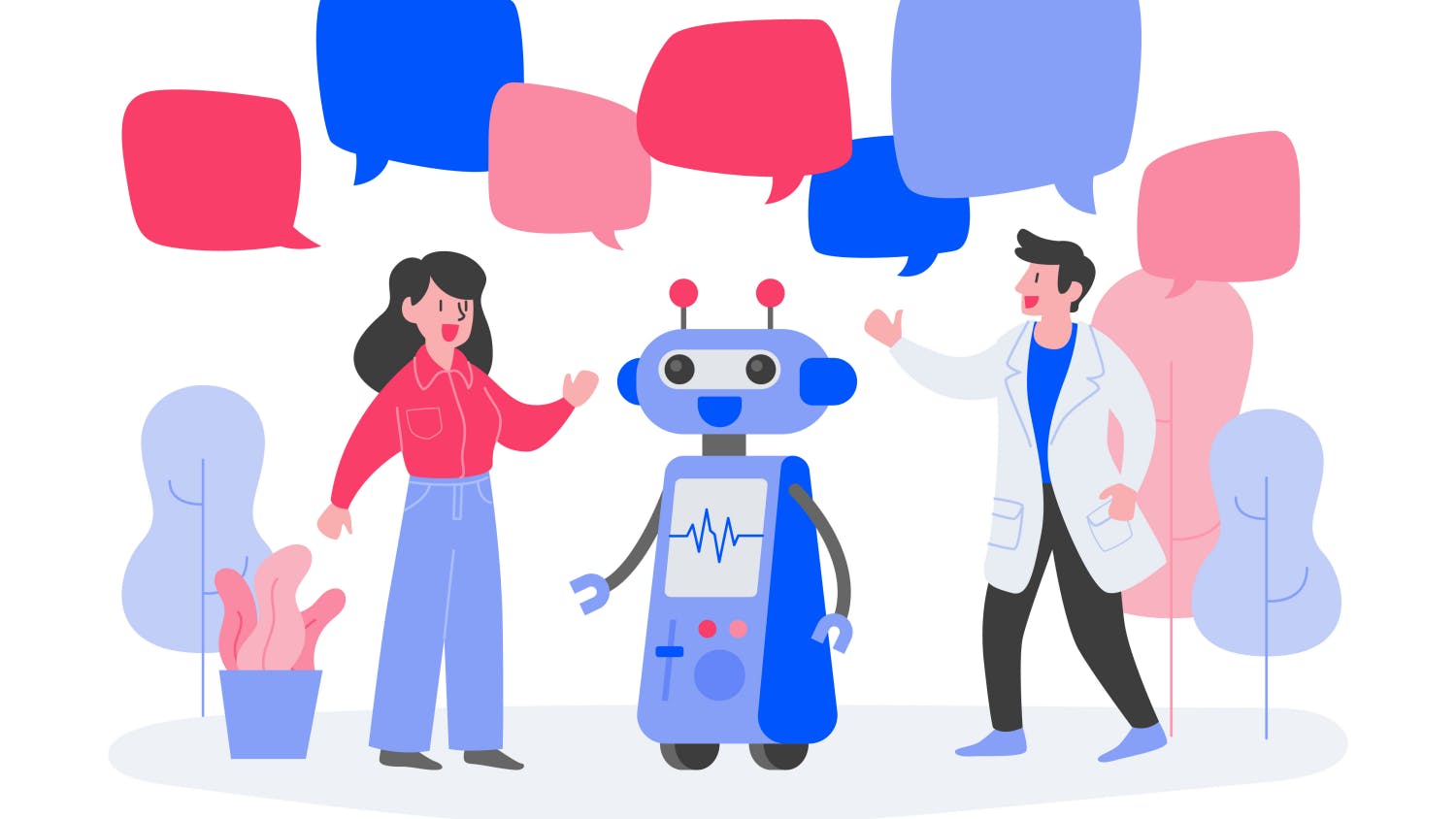
Natural language processing (NLP) is a method enabling machines and software to comprehend human speech. NLP is based on AI and machine learning (ML) models, which we will cover further. In practice, NLP can be regarded as a voice interface users can interact with to offer commands to a machine or software. There are two core components to NLP:
1.1 Natural language understanding (NLU)
Natural Language Understanding (NLU) is self-explanatory - it is the ability to understand human input in the form of speech or text.
1.2 Natural language generation (NLG)
Natural Language Generation (NLG) is about machines and software collecting data through input generation and identifying patterns to make NLU part more precise.
2. Machine learning (ML)
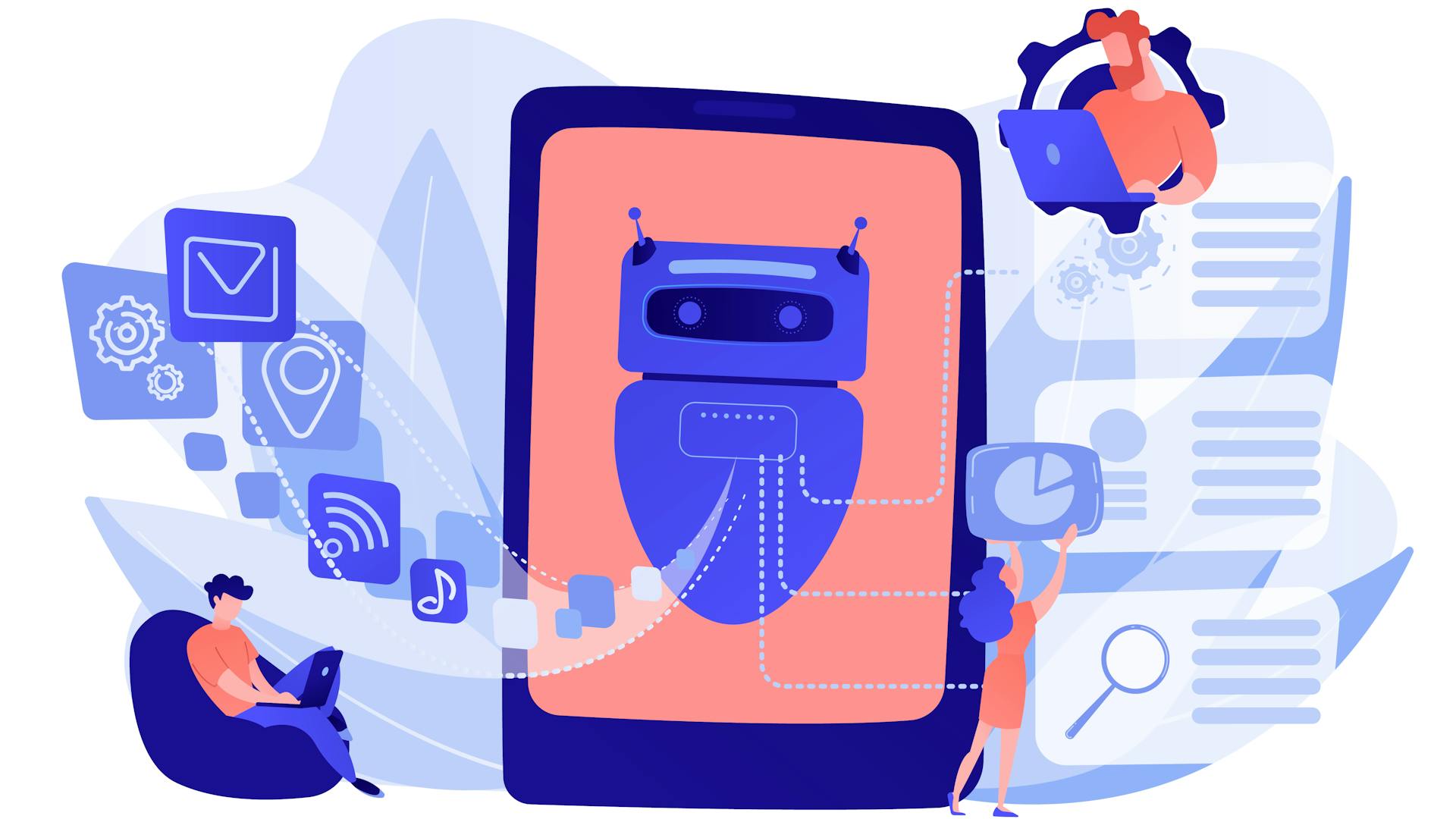
As we've mentioned before, AI can mimic human reasoning. Machine learning (ML) is a set of algorithms that allow software and machines to make decisions, identify data patterns, and engage in input analysis. ML uses training and testing data to help adapt to changing inputs. AI mimics human-type thinking, and ML allows accurate reactions as a result.
There are various machine learning models available. Yet, most of them correlate to the idea of neural networks. Examples of ML are image recognition, speech recognition, search engines and predictive analytics.
3. Automatic speech recognition (ASR)
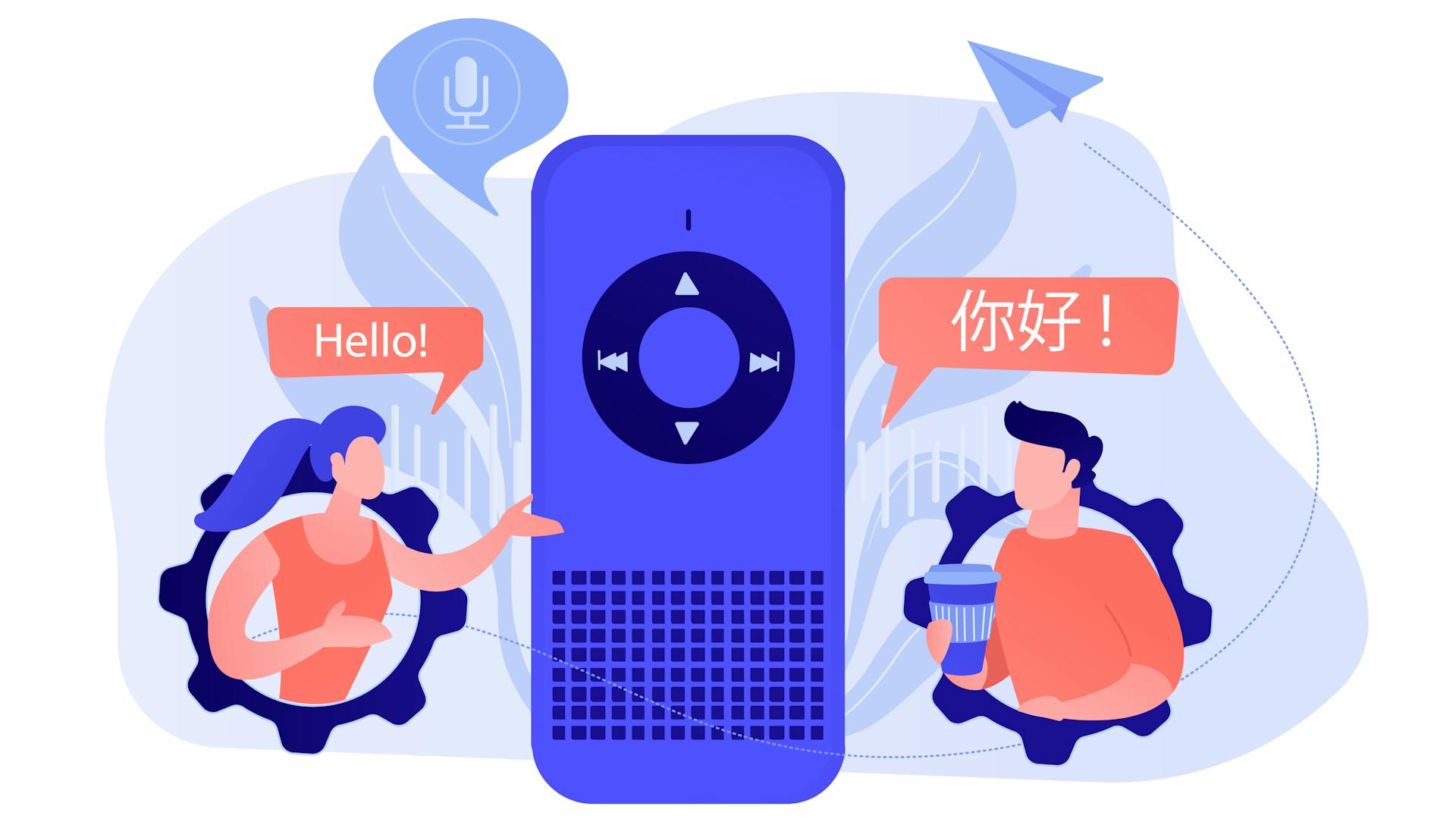
Automatic speech recognition (ASR) is a method of converting speech into recognizable textual words. ASR is often coupled with NLP. In some instances, companies use ASR to build voice response tools. These use simple human voice inputs for navigation. You might have encountered this form of ASR when interacting with navigation menus via telephone calls. Some well-recognized ASR tools are Cortana and Google Assistant.
4. Text analysis (TA)

Text analysis (TA) is a method of getting in-depth insights from textual data. Businesses often use TA to work with online documents and unstructured data. You can use TA to provide actionable insights from emails, keywords, and surveys. TA comes in sentiment analysis, text classification, keyword extraction, and language detection. Various language translation software uses TA extensively.
Knowing conversational AI underlying technologies, it is crucial to deconstruct its process.
- First, conversational AI applications get input by recognizing speech from human agents.
- Second, ASR technology converts the human language into data software recognizing patterns.
- Third, NLP assists in comprehending the context behind the human conversation.
- Fourth, the software builds a response or an output based on its understanding of the input.
- Fifth, the software uses NLG to convert machine data into a response a human agent can understand.
- Sixth, conversational AI software provides an appropriate response with relevant information in either textual form or text to speech.
- Seventh, conversational AI uses ML to learn from the interaction and improve the future process, known as reinforcement learning.
Conversational AI underlying technologies and its seamless process offer businesses many opportunities. Respectively, equipped with the insights above, implementing conversational AI becomes achievable. At this point, conversational AI's functionality outcomes are best described by its use cases.
How to use conversational AI?
Conversational AI includes a broad range of applications. From personalized advice offered by virtual assistants to provide personalized experiences to customers. However, when digressing a bit, one can suggest that conversational AI brings the most value in the domains presented.
1. Customer support

Achieving a positive customer experience is the cornerstone of customer support. There is a growing trend for virtual agents to displace humans in customer support departments. From dealing with FAQs linked to shipping issues to handling complex queries like offering personalized advice on a particular product, conversational AI tools take customer support to another level. Call center automation is an example of call centers providing seamless and effective customer support through AI-based instruments.
It is safe to say that conversational AI is integral to eCommerce. The tool turns customer conversations into in-depth insights retailers can later use to deliver ways to boost customer satisfaction. AI-based customer support improves accessibility and offers a positive customer experience for people with special needs. Customer service automation is one example of how virtual agents can handle customer support efficiently.
Check out vTalk’s solution “Voice AI in Customer Service”.
2. Human resources (HR)

We've scratched the surface of VEA before. Yet, the range of conversational AI applications in an organization is far greater. For instance, when focusing on HR, Conversational AI covers the following areas:
- Company information. There is a certain pain point for organizations to use HR professionals to answer questions. A conversational AI app can serve as a FAQ assistant.
- Sick leaves and days off. Checking a balance for sick leaves and vacations can take a long time. Conversational AI integrated with HR systems automates the process with textual or voice inputs.
- Performance reviews. Conversational AI can aid with self-assessment procedures. You don't need to fill out digital or paper forms. The virtual assistants can help you complete the process as if you interacted with a real person.
- Onboarding. New employees can use conversational AI tools to start and understand the company's internal processes quickly.
These are among the few benefits conversational AI brings to HR. Yet, with the technology evolving, one can expect new gains to emerge.
3. Healthcare

Credible peer-reviewed articles illustrate numerous AI, ML, and deep learning applications in healthcare. With the ability to process more patient data, healthcare professionals receive opportunities to improve patient outcomes. When speaking about conversational AI applications in healthcare, consider the following:
- Scheduling. A patient can use an AI appointment setting.
- Assistance. Virtual assistants can help patients understand complicated medical topics and terms in simple words.
- Data collection. Healthcare facilities utilize conversational AI to get patient feedback via social channels like Facebook messenger.
- Online therapy. Platforms like Wysa use conversational AI to build safe spaces where users can express themselves.
Building conversational AI apps for healthcare is not only about making profits but about contributing to a greater good as well. Conversational AI platforms have a bright future in the aforementioned realm.
Check out vTalk's solution “AI Voice Assistants in Healthcare”.
4. Computer software
Statista offers a report projecting the global software market to grow from $593 billion in 2022 to $812 billion in 2027. It is a massive pie, and companies using conversational AI can have a piece of it. The tool changes how customers interact with software. Instead of using a mouse and a keyboard, customers can merely talk to software to get a more personalized experience.
In the Software as a Service (SaaS) world, understanding what users need is the key to delivering a better customer experience. By making software interfaces responsive, providers use conversational AI to avoid high customer churn. It can recognize the user's speech and take customer engagement to another level. How? The software makes you feel like you are speaking to a real person and that a provider cares about each customer.
5. Internet of Things (IoT)
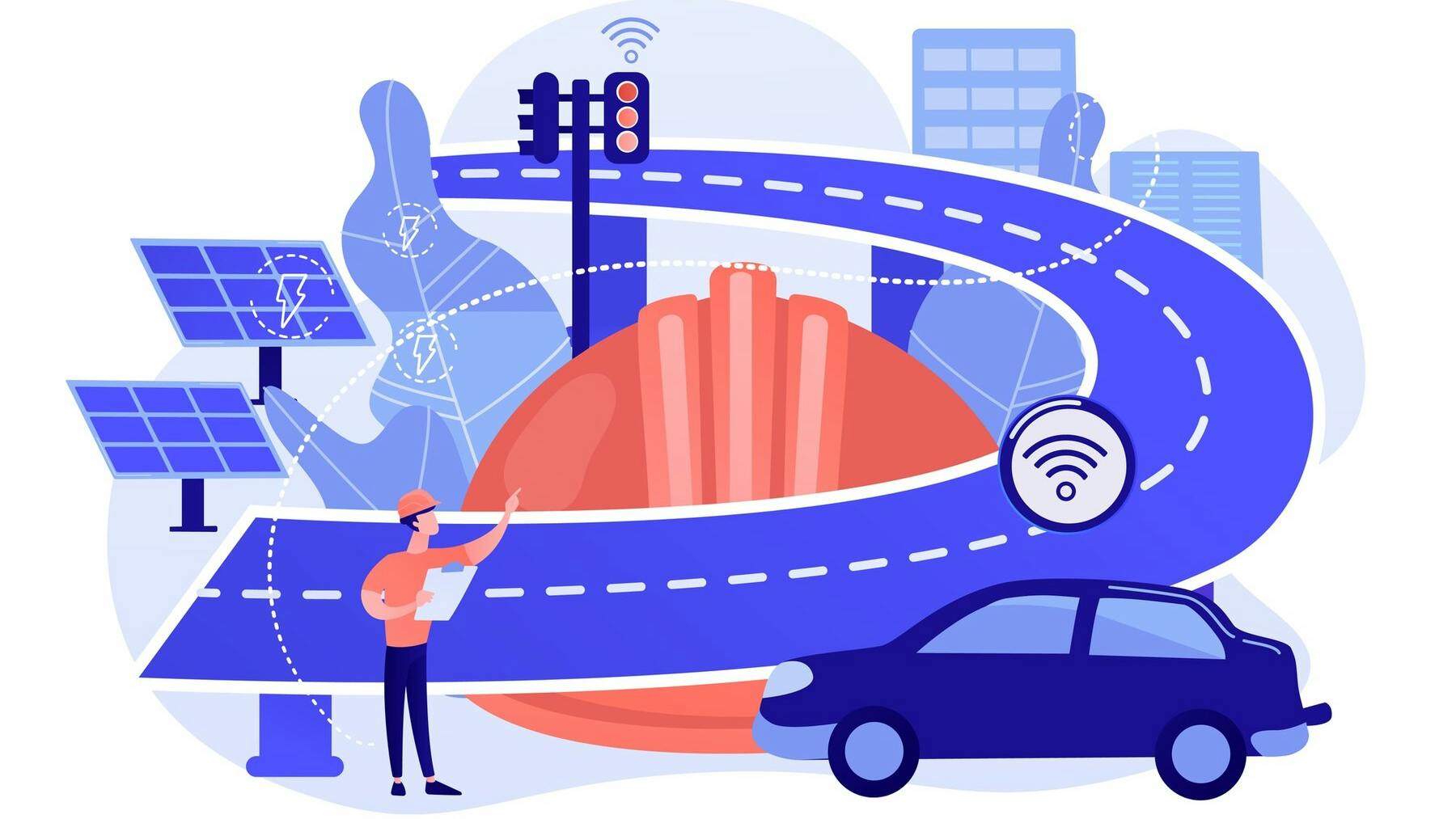
It is safe to say that almost every household has some device connected to the Internet. It can be smart speakers or smartwatches. Putting them all together creates a technology coined the Internet of Things (IoT). These are interconnected gadgets you can interact with through different commands. Google Home is a great IoT representative.
The majority of IoT devices use speech recognition to help users. A person can control the entire house's digital ecosystem via conversational AI applications. You can even order takeout or make a shopping list using voice commands. Impressively, virtual assistants can even suggest products you might need to cook a certain meal.
6. Marketing automation

Marketing is all about making customers desire a particular product or service. Equipped with conversational AI, marketing experts can effortlessly build new leads, get new customers, and manage customer interactions. It is done in three stages:
- Customers receive personalized messages instead of universal forms and templates.
- Customers can use conversational AI live chats to navigate a website to any page they want.
- The software uses customer service conversations via customer service automation to fuel marketing departments with user-driven data, which is vital for routing leads.
Conversational AI is a tool marketing professionals cannot afford to avoid. It boosts customer satisfaction and grants insights into the overall customer experience at the same time.
Conversational AI vs. Conventional Chatbots
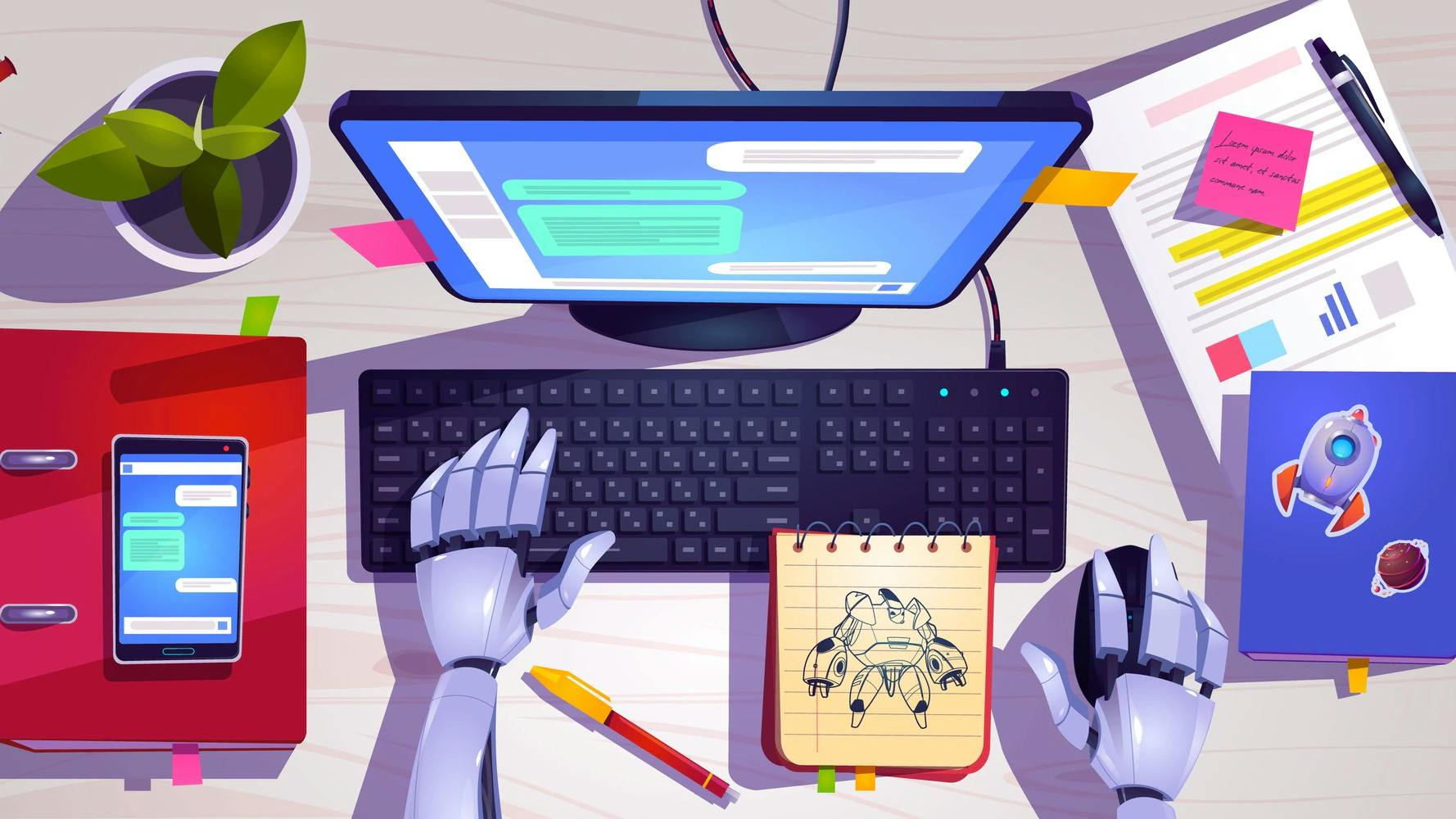
You might have already interacted with conversational AI. You used chatbots. What is the difference between the two? You might be surprised, but several aspects make conversational AI better than conventional chatbots.
A chatbot is software interacting with a user through text interfaces and typing on the part of human agents. Social media platforms use chatbots extensively. These are pop-ups you see when entering a landing page of some website. Chatbots can be handy. Yet, they feel dry as dust without interactive voice response (IVR).
A notable services network Deloitte indicates the adoption of conversational AI will double in the next five years. AI-based technology made a quantum leap in customer support. Therefore, the integration of conversational AI has already proved worthwhile. To understand why to consider the differences between conversational AI voice bots and traditional chatbots of the past.
AI-powered voice bots deploy algorithms allowing them to mimic a human-like conversation, bringing a new level of customer experience. In contrast, conventional chatbots use pre-determined conversational patterns that do not offer the same human-like customer service conversation.
An important difference is that conversational AI can power voice bots, thus giving rise to an AI voice bot tool. In turn, not every conventional chatbot can use a conversational AI tool. It depends on the framework and tech stack used to develop such an instrument.
These are major differences between Conversational AI and chatbots. However, focusing on some secondary variations, consider the table below:
| CONVERSATIONAL AI | CONVENTIONAL CHATBOTS |
|---|---|
| Voice inputs and outputs | Textual inputs and outputs |
| Deployable on various platforms and devices | Chat interface only |
| Use AI, NLP and ML | Scripted interaction |
| Conversation-focused | Navigation-focused |
| Reinforcement learning | No learning capabilities |
| Scalable | Not scalable |
Conversational AI at work - the power of AI voice assistant
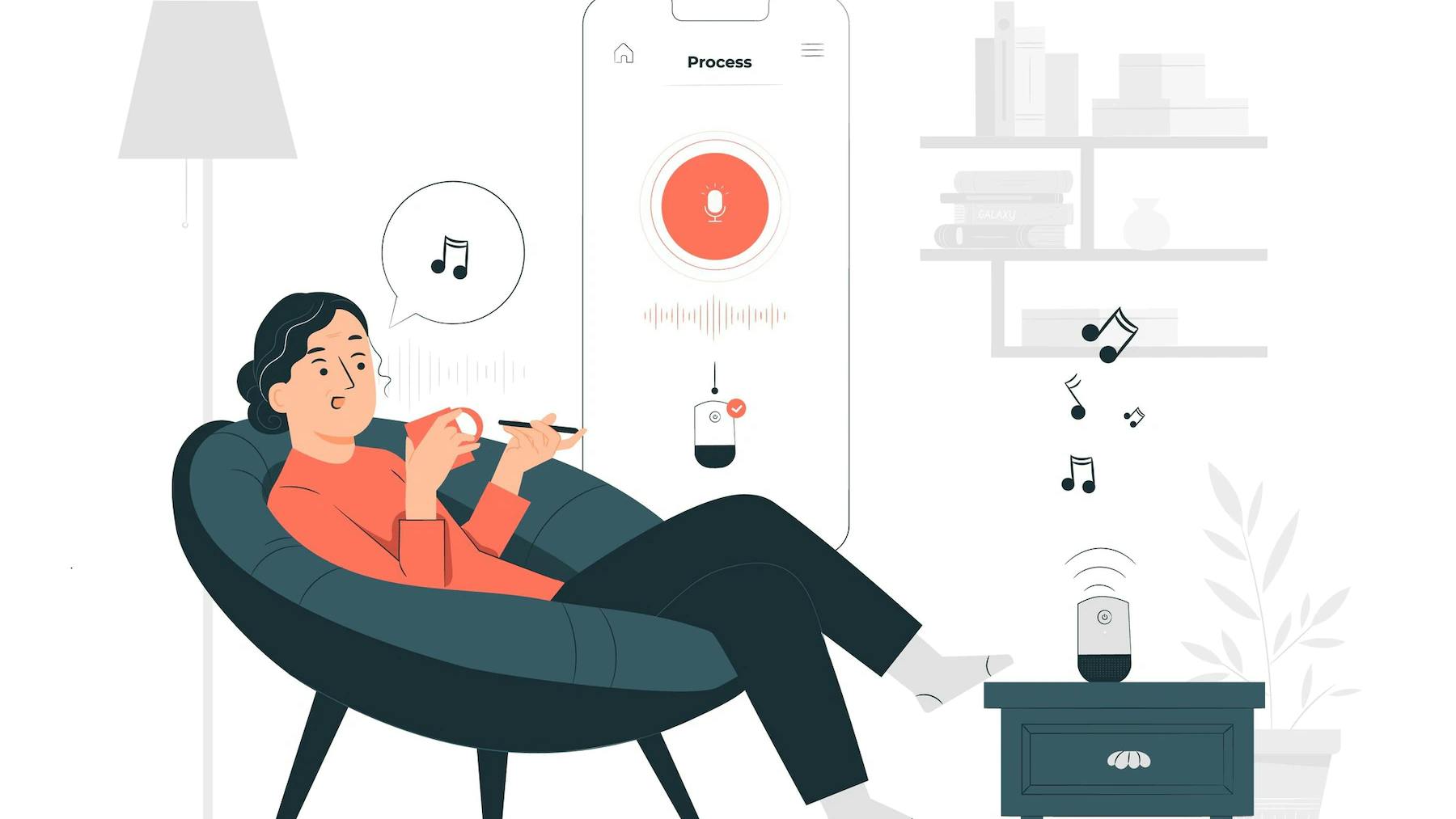
Now, it's time to speak about conversational AI bread and butter - voice assistants. These services allow users to access information or complete tasks without external human input. Simply put, voice assistants help you find information or perform some action via voice commands a software or a device can recognize and respond to appropriately.
What do voice assistants bring to the table? Tools like the ones offered by vTalk.ai grant you the following:
- Better marketing in eCommerce
- High-quality customer support
- Streamlining operations
- Hands-free operations
- Customer service automation
These and many vTalk.ai brings forward more benefits. The platform sets up a voice assistant and offers next-level services to clients while ensuring better customer service from the get-go. vTalk.ai provides its services through features like
- Trainable neural network within the tool to make future interactions more natural and human-like
- Ability to handle both incoming and outgoing calls
- Integrated tool for building and setting up various scenarios along with intents
- An option to transfer calls to human operators
- A feature of sending SMS and emails based on the call results
- A built-in analytics system with dashboards for better performance review
- Call recordings with an option to convert speech into text
The platform brings forward what conversational AI can offer. With the platform up and running, you can have higher customer satisfaction at your fingertips.
Concluding remarks
Conversational AI is a powerful tool driven by AI, ML, and NLP. It allows software and machines to understand human input, process the information, and offer human-like responses. Conversational AI applications can learn from interactions and improve themselves.
AI and automation brought forward new opportunities in a broad range of realms. From HR to Healthcare, conversational AI tools can be applied to create value and make customers feel like companies take personalized care of them. vTalk.ai is standing at the forefront of conversational AI integration. The platform delivers call center and customer service automation, ensuring its clients get the most benefits conversational AI can offer.
Your customers deserve the best support possible. And you can deliver it to them right now.
FAQ
What is an example of conversational AI?
Virtual Personal Assistants (VPA) like Amazon Alexa, Virtual Customer Assistants (VCA) like vTalk.ai, and Virtual Employee Assistants (VEA) like WorkFusion are examples of conversational AI.
What is the difference between a chatbot and conversational AI?
The key difference between a traditional chatbot and conversational AI is the following: chatbots do not employ AI and cannot offer a human-like interaction with users.
What can conversational AI be used for?
Conversational AI can be used to deliver better customer support, provide customers with human-like interaction, and ensure customers will stick to your brand in the future.
